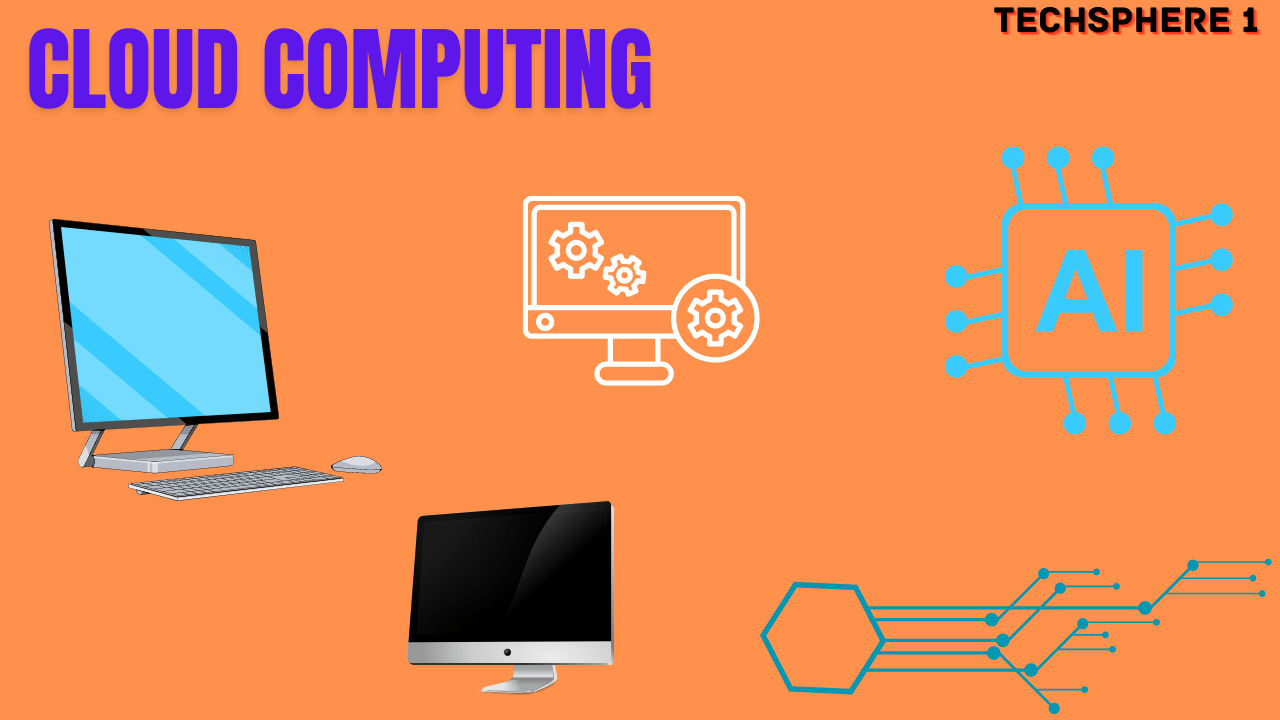
Cloud computing refers to the delivery of computing services over the internet, allowing users to access, store, and process data and applications remotely rather than on local hardware or servers. In cloud computing, resources such as computing power, storage, and networking are provided on-demand as a service, typically through a pay-as-you-go model.
Cloud computing has emerged as a transformative technology, revolutionizing how businesses and individuals access and manage data, applications, and services over the Internet. Unlike traditional computing methods that rely on local servers or personal devices, cloud computing harnesses the power of remote servers hosted on the Internet to store, manage, and process data.
Table of Contents:
1. Hybrid and Multi-Cloud Adoption:
Organizations are increasingly adopting hybrid and multi-cloud strategies to leverage the benefits of different cloud providers and maintain flexibility. This trend was likely to continue, allowing businesses to optimize costs and enhance performance.
Hybrid and multi-cloud adoption represent a strategic approach in cloud computing where organizations leverage a combination of on-premises infrastructure, private clouds, and public clouds from different providers. This approach offers flexibility, scalability, and the ability to optimize resources based on specific needs. Here are key aspects of hybrid and multi-cloud adoption in cloud computing:
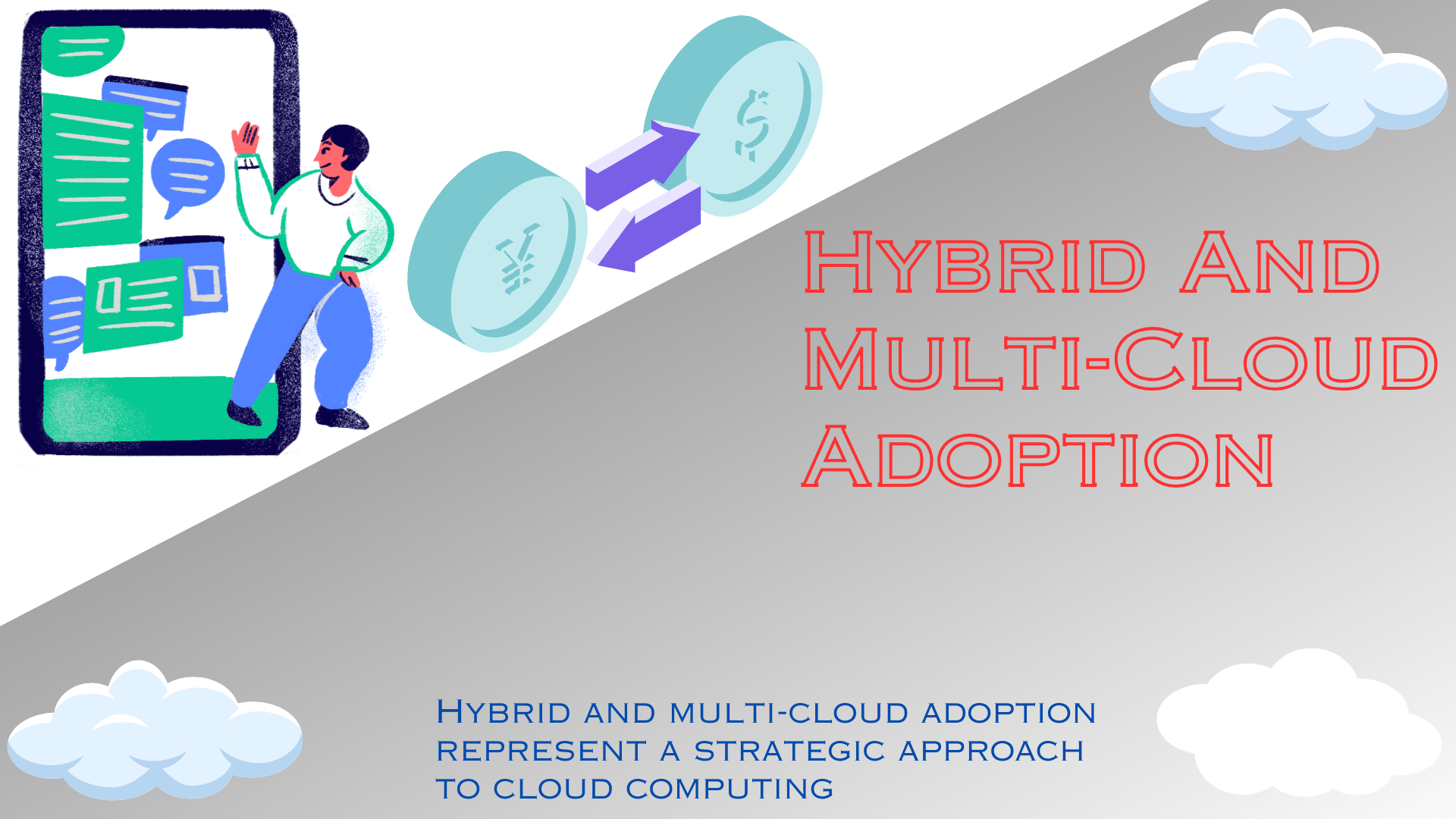
Hybrid Cloud Infrastructure: Cloud Computing emerging technology: Outlook for 2024: Hybrid cloud computing involves the integration of on-premises data centers with public and/or private cloud environments. This allows organizations to retain certain workloads and sensitive data on-premises while leveraging the scalability and agility of the cloud for other applications.
Flexibility and Scalability: Hybrid cloud adoption allows organizations to scale their IT resources dynamically. Critical or sensitive workloads can run on dedicated on-premises infrastructure, while less sensitive or fluctuating workloads can leverage the elastic nature of public clouds.
Risk Mitigation: By distributing workloads across multiple environments, organizations can mitigate data breaches, outages, or vendor lock-in risks. Hybrid cloud architecture enables redundancy and disaster recovery strategies, ensuring business continuity.
2. Edge Computing Integration:
Edge computing was becoming more prominent, driven by the need for low-latency processing in applications like the IoT. Cloud providers were expanding their services to the edge, allowing businesses to deploy applications closer to end-users.
Edge computing integration in cloud computing represents a paradigm shift in processing data and delivering applications. This approach involves pushing computing resources closer to the edge of the network, reducing latency, and enhancing the performance of applications. Here are key aspects of edge computing integration within the broader context of cloud computing:
Definition of Edge Computing: Edge computing involves processing data and running applications closer to the source of data generation or user interactions. This contrasts with traditional cloud computing, where data processing occurs in centralized data centers.
Reduced Latency: One of the primary advantages of edge computing is the significant reduction in latency. By processing data closer to where it is generated, response times for applications can be minimized, leading to improved user experiences and real-time responsiveness.
Decentralized Architecture: Edge computing introduces a decentralized architecture, distributing computing resources across edge devices or local edge servers. This decentralization can be particularly beneficial for applications that require low-latency processing, such as IoT devices and real-time analytics.
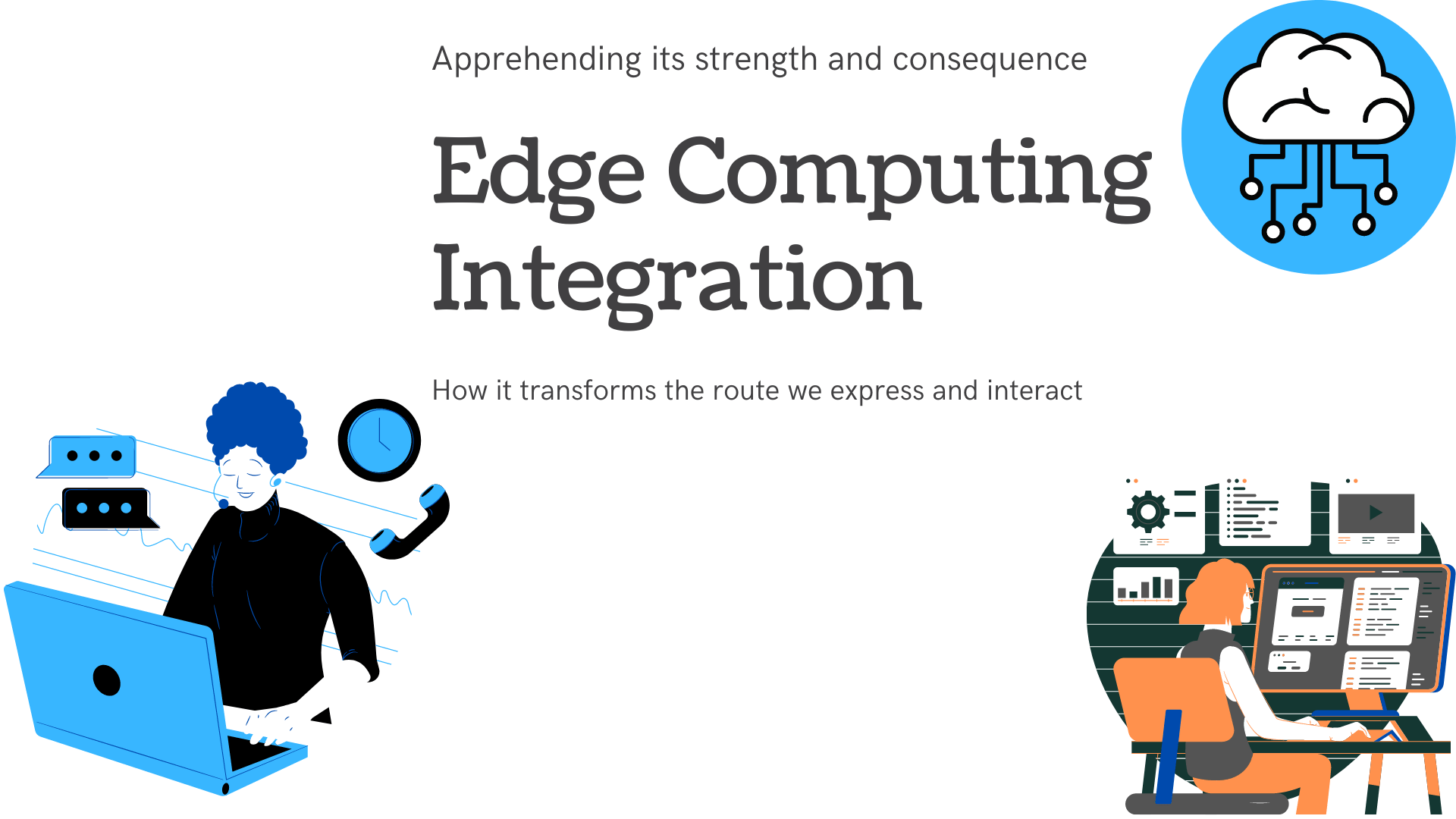
3. Advanced Cloud Security Measures:
Advanced cloud security measures are crucial to protecting data, applications, and infrastructure in cloud computing environments. As cyber threats evolve, cloud security measures must advance to mitigate risks and ensure the confidentiality, integrity, and availability of sensitive information.
With the growing importance of data security, cloud providers are enhancing their security features. This included the integration of advanced encryption, threat detection, and identity management tools to ensure robust protection for cloud-based assets. Here are key elements of advanced cloud security measures:
Zero Trust Architecture: Zero Trust is a security model that assumes no trust, even within the network. In a cloud environment, this means implementing strict access controls, continuous monitoring, and authentication mechanisms at every level, regardless of the user’s location or network.
Identity and Access Management (IAM): Advanced IAM solutions are essential for managing user access and permissions in the cloud. This includes multi-factor authentication (MFA), role-based access control (RBAC), and continuous monitoring to detect and respond to unauthorized access attempts.
Encryption Everywhere: Encryption is applied to data at rest, during transit, and in use. This includes end-to-end encryption for communications, sensitive data in databases, and hardware security modules (HSMs) for key management.
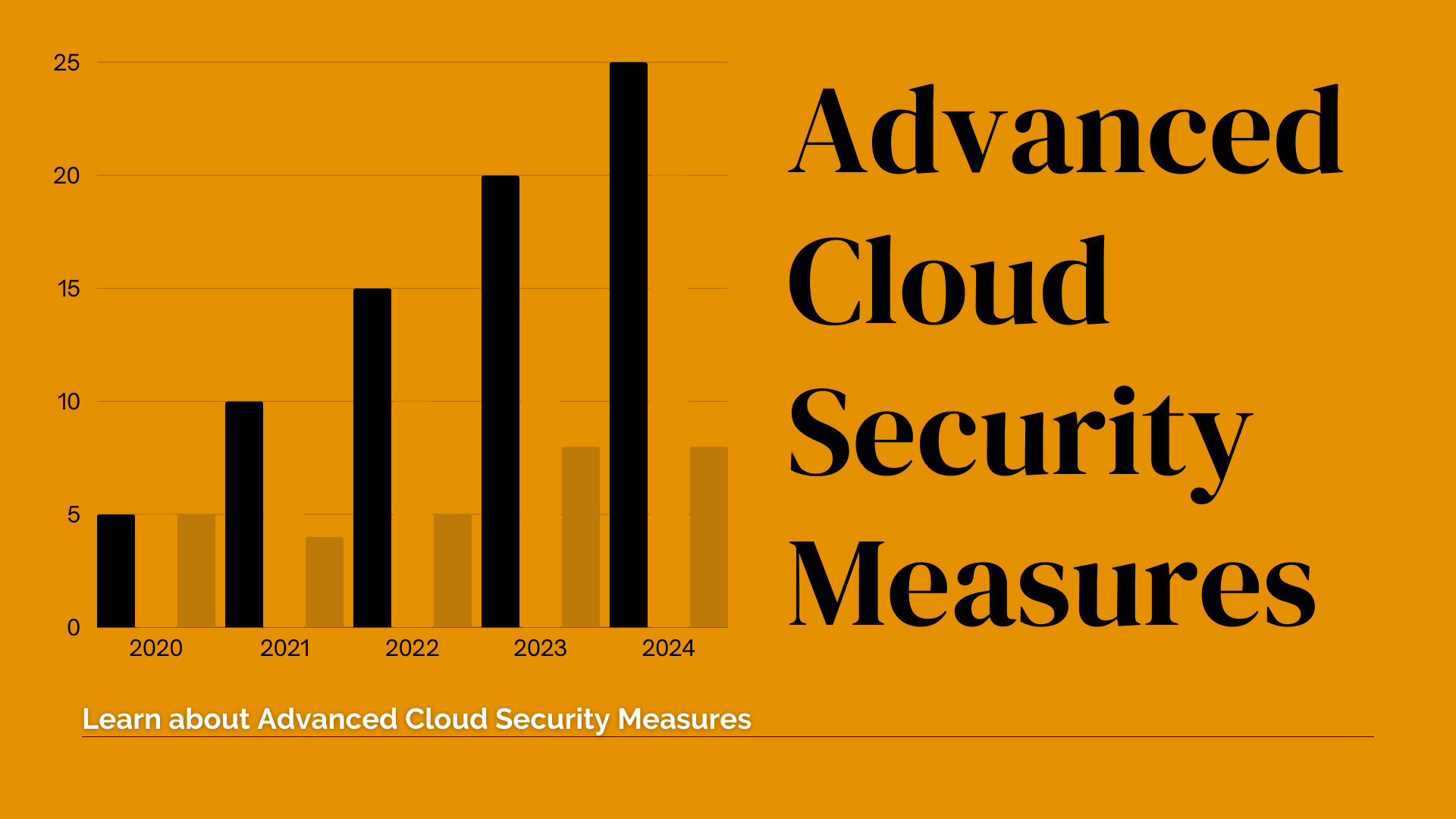
4. AI and machine learning integration:
Cloud platforms are integrating AI and machine learning services, making it easier for developers to incorporate advanced analytics and AI capabilities into their applications. This trend is likely to continue, enabling businesses to derive more insights from their data.
AI (artificial intelligence) and machine learning integration in cloud computing offer powerful capabilities for data analysis, pattern recognition, and automation. Cloud platforms provide a scalable and accessible environment for deploying, managing, and leveraging AI and machine learning models. Here are key aspects of AI and machine learning integration in the context of cloud computing:
Cloud-Based AI and ML Services: Cloud providers offer specialized services for AI and machine learning, making it easier for organizations to access and deploy advanced models without the need for extensive infrastructure management. Examples include Amazon SageMaker, Google AI Platform, and Azure Machine Learning.
Scalability and Elasticity: Cloud computing allows organizations to scale AI and machine learning workloads based on demand. With the elasticity of cloud resources, users can dynamically allocate computing power, storage, and networking to handle large-scale data processing and model training.
Data Storage and Management: Cloud platforms provide scalable and secure data storage solutions that are crucial for managing the large datasets required for training machine learning models. Cloud-based databases, data lakes, and storage services facilitate efficient data organization and access.
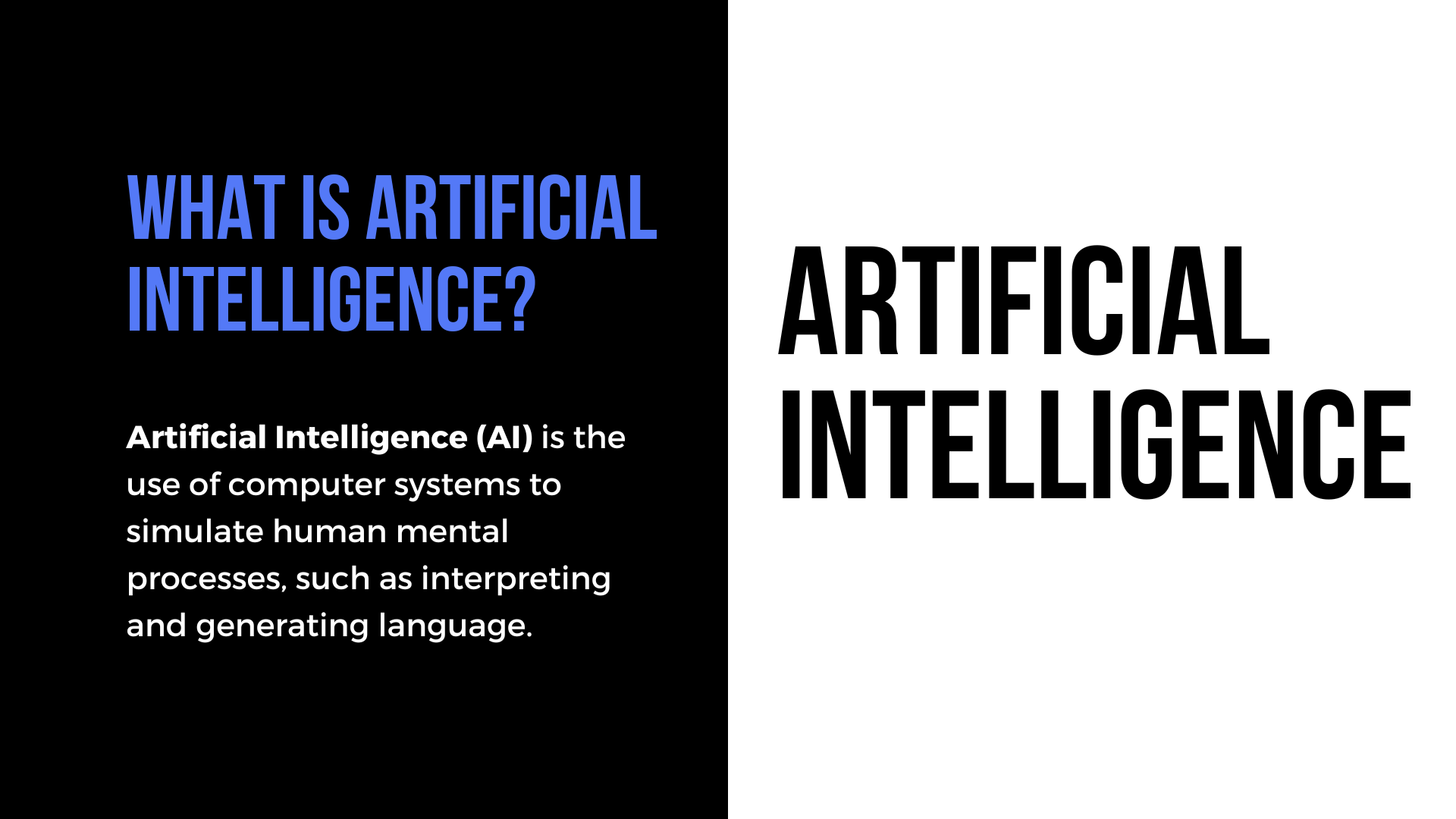
5. Serverless Computing Growth:
Serverless computing, where developers focus on writing code without the need to manage the underlying infrastructure, is gaining popularity. This trend is expected to continue as it simplifies development processes and optimizes resource utilization.
Serverless computing, often referred to as Function as a Service (FaaS), has experienced significant growth in recent years, transforming the way developers build and deploy applications. Here are key aspects of the growth of serverless computing:
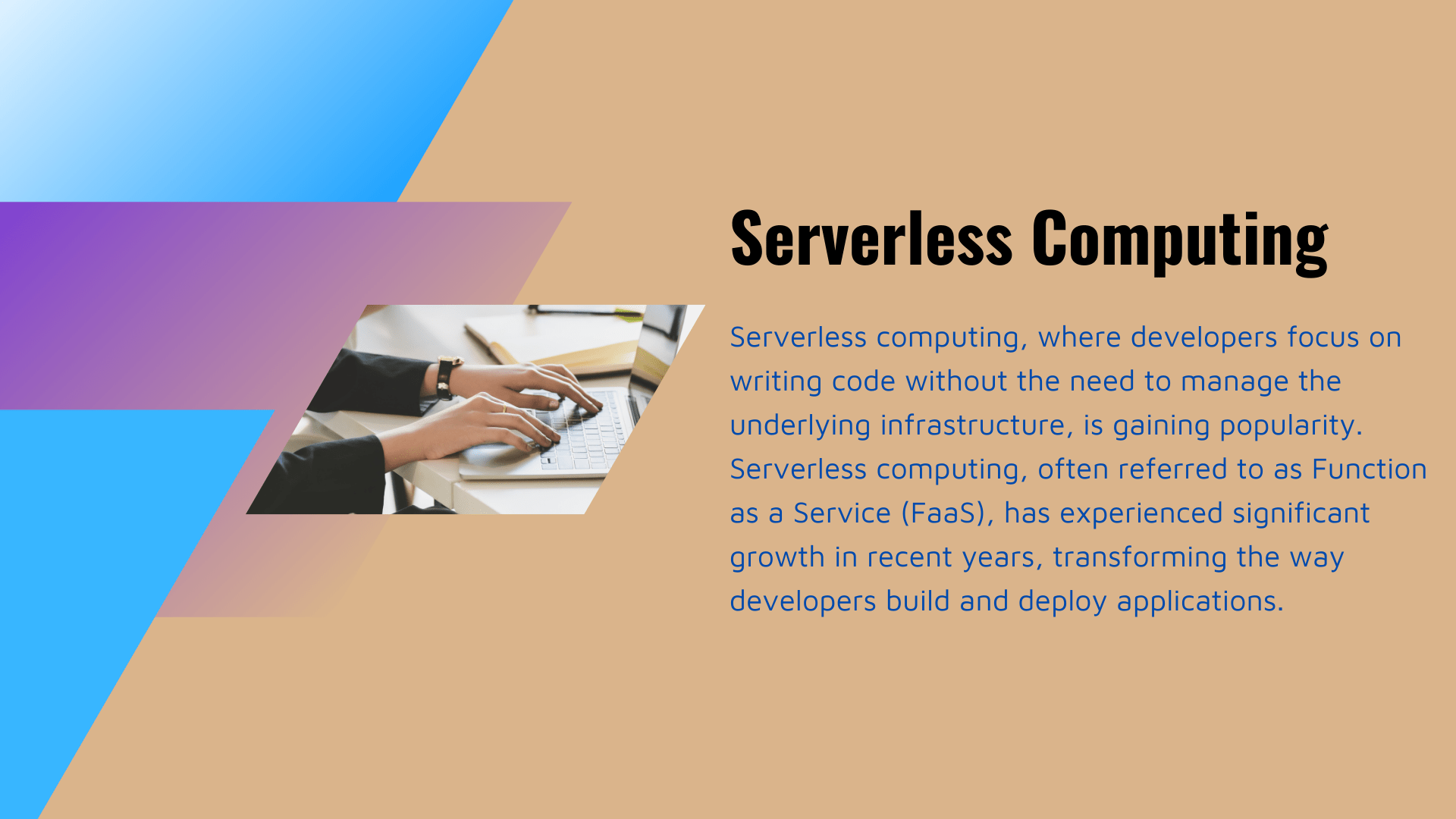
Event-Driven Architecture: The architecture of serverless computing is event-driven, meaning that certain requests or events cause certain functions to be performed. This method frees developers from managing the underlying infrastructure, so they can concentrate on writing code for specific tasks.
Scalability and cost efficiency: One of the primary drivers of serverless growth is its inherent scalability. Functions automatically scale up or down based on demand, ensuring optimal resource utilization. This leads to cost efficiency, as organizations only pay for the actual compute time used.
Reduced operational overhead: Serverless computing abstracts away infrastructure management tasks, reducing operational overhead for development teams. Developers can focus on writing code, and cloud providers take care of provisioning, scaling, and managing the underlying resources.
6. Blockchain in Cloud Services:
Blockchain technology is being explored in cloud services, particularly for enhancing security and transparency. Some cloud providers were integrating blockchain solutions for specific use cases like supply chain management and data integrity.
All in all, It’s crucial to note that the technology landscape evolves rapidly. For the latest and most accurate information on cloud computing trends and opportunities in 2024, consider consulting recent reports, industry analyses, and updates from reputable sources.
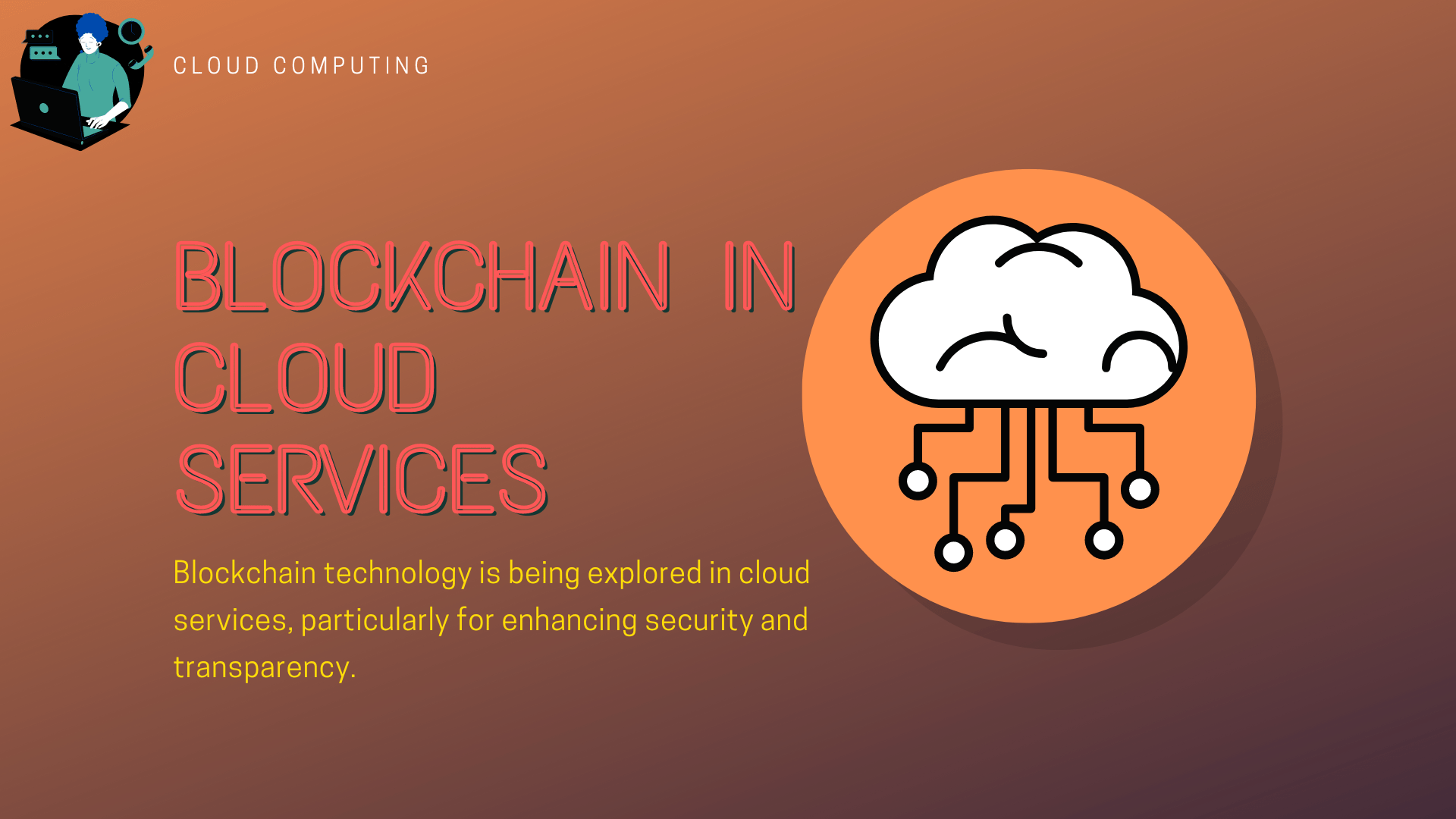
Enhanced Security and Data Integrity:
- Decentralized Data Storage: Utilizing blockchain for decentralized storage ensures data redundancy and resilience, reducing the risk of data loss or tampering.
- Immutable Ledgers: Blockchain’s immutable nature ensures that once data is recorded, it cannot be altered or deleted, enhancing data integrity and auditability.
Transparent and trustworthy transactions:
- Smart Contracts: Implementing smart contracts on blockchain networks enables automated, transparent, and tamper-proof transactions without the need for intermediaries.
- Decentralized Exchanges: Blockchain facilitates peer-to-peer transactions, eliminating the need for centralized exchanges and increasing trust between parties.
Decentralized Identity Management:
- Self-Sovereign Identity: Blockchain-based identity solutions empower users to control their identity and personal data, reducing reliance on centralized identity providers.
- Verifiable Credentials: Users can securely store and share verifiable credentials on blockchain networks, enhancing privacy and reducing the risk of identity theft.
FAQS:
Q1. How security gets integrated in cloud computing?
Ans. Cloud computing security measures must be integrated to shield infrastructure, data, and apps from constantly changing cyber threats. Also, by following best practices for security hygiene, organizations can mitigate risks and build resilient cloud environments.
Q2. How to build a cloud computing infrastructure?
Ans. To build a cloud computing infrastructure that is both scalable and secure, one must evaluate needs, select a provider, design an architecture, allocate resources, configure security, and maximize performance.
Q3. What does cloud computing do?
Ans. Through the internet, users can access and use computing resources like servers, storage, databases, apps, and services thanks to cloud computing. It allows for cost-effective solutions by only paying for what is used, scalability to meet changing needs, and flexible, on-demand access to resources.
Q4. What is the characteristics of cloud computing?
Ans. Cloud computing is characterized by rapid elasticity, resource pooling, wide network access, on-demand self-service, and measured service. This means users can access resources as needed, over the internet, from a shared pool of resources, with the ability to scale up or down quickly, and pay only for what they use.
Q5. What is service level agreement in cloud computing?
Ans. In cloud computing, a service level agreement (SLA) is a contract that specifies the expected level of service, including performance metrics, availability, uptime guarantees, support response times, and penalties for non-compliance. It is entered into between a cloud service provider and a customer.
Conclusion:
In conclusion, new technology is changing the world as we know it by promoting advancement, creativity, and change in every industry. It presents enormous potential for development and progress, but it also presents difficulties and ethical issues that need to be resolved early on. Through promoting cooperation, creativity, and moral responsibility, we can leverage the potential of emerging technologies to build a more prosperous and sustainable future for everybody.
